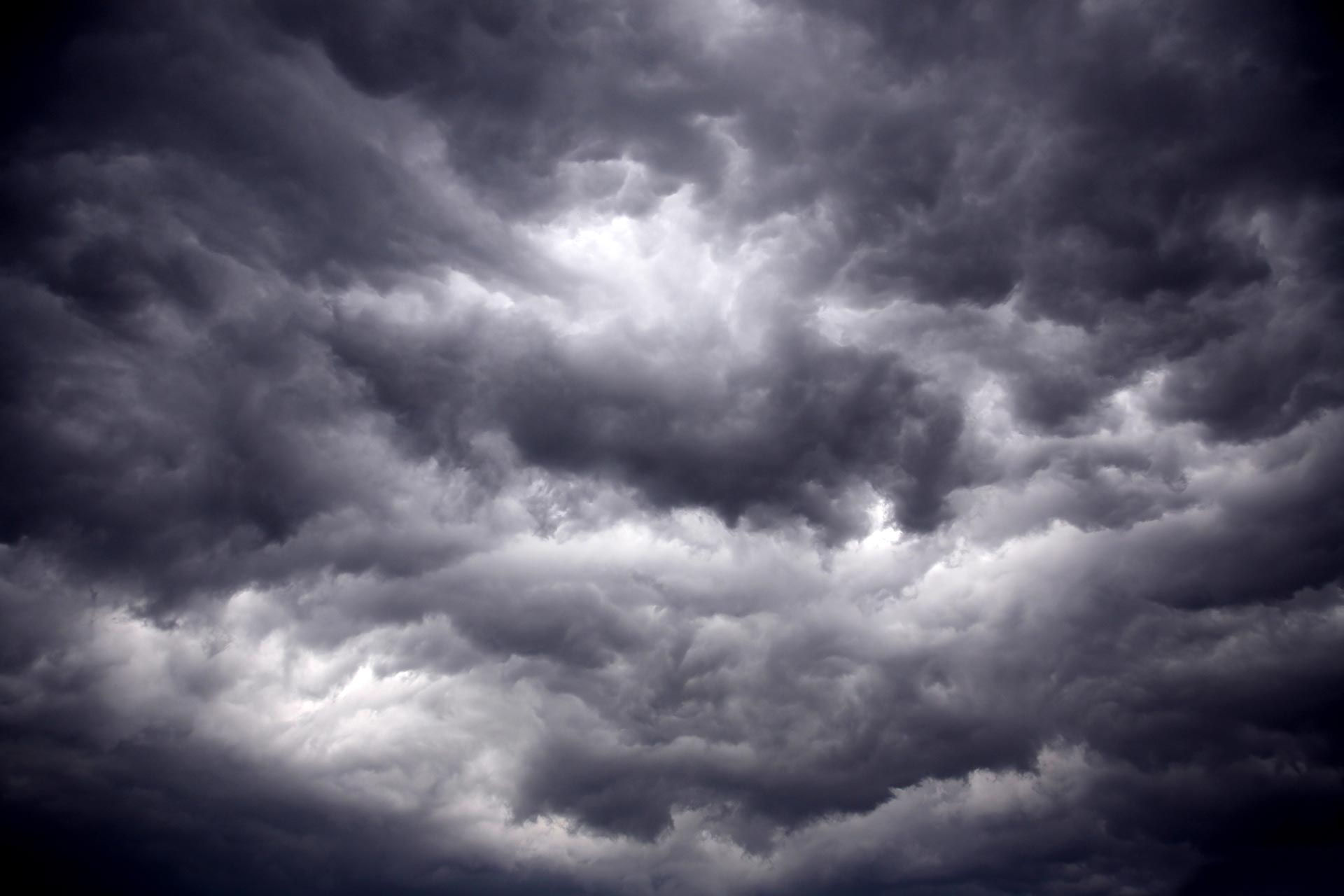THE BLIZZARD OF 1979, THE WORST I CAN REMEMBER!

The Quad Cities blizzard of the century:
35 years ago today, much of the Midwest was digging out from one of the worst blizzards in history. Here in the Quad Cities, an all-time record 18.4″ of snow fell during the wind driven storm.

Route 5 E. Moline, courtesy QC Times
Coming on top of the 10″ already on the ground, the blizzard brought the city to its knees. Drifts up to 8′ closed every artery leading in or out of town, including interstates 80 and 74! To this day, the 28″ snow depth following the storm is the greatest ever measured in the Quad Cities.

A scene near South Nevada and Michigan avenues, Davenport. Quad-City Times photo by Kris Jensen

Downtown Davenport 1979, courtesy Quad City Times
An interesting side note to the blizzard. Weather models were not what they are today. Less than 24 hours before the first flakes began to fall, the NWS issued a travelers advisory with a forecast of 2-4″ of snow. Needless to say, that one didn’t work out!
The Chicago Blizzard of 1979:
Not to be out done, Chicago had a similar experience. The storm started on the night of Friday, January 12th and left 20 inches of snow over the weekend on top of a base of seven to ten inches. It closed O’Hare – the world’s busiest airport – for 46 hours.
The blizzard itself devastated areas from the Rockies to the Great Lakes and left at least 99 dead. In Iowa, National Guard helicopters brought in 75,000 pounds of hay to starving cattle. Similar efforts were made throughout NW Illinois. In Chicago, roofs collapsed from the weight of the snow, and transportation was brought to a standstill for nearly a week. Garbage trucks were unable to run and the rats took advantage. The salt used to de-ice the roads caused motor failures on some of the trains. Abandoned cars slowed snow removal efforts. Buses were at least two hours behind schedule if they were running at all. After six days, only half of the runways at O’Hare were open for traffic.

Chicago buried 1979-courtesy Chicago Tribune
The storm even had political ramifications. With train lines snowbound, roads impassable, and busses stalled, many walked miles past the point where nothing could roll but plows. The blizzard stopped the city in its tracks, leaving mountains of snow the size of apartment buildings and giving the place a feel of being under siege. It also cost the mayor his job. While the streets were fit only for plows, the plows didn’t come. Democratic candidate for mayor, Jane Byrne, started talking to reporters and TV crews in front of unplowed streets, asking how Mayor Michael Bilandic could fail to do this basic part of his job. The message stuck, and Byrne was able to use the impact of the frozen mess to build a larger picture of Bilandic’s City Hall as another kind of mess. In spring, she became the city’s first female mayor.
The Chicago Tribune has this nice photo collection of the 1979 blizzard and its impacts on the city.
In summation, I’m 58 years old and have lived in eastern Iowa my entire life. I’m not quite an old-timer but it won’t be long. For the amount of snow, the high winds (40-50mph), and bitter cold, this was the worst I’ve ever seen. I-80 was closed from Des Moines to Chicago and it took nearly a week to get the stranded cars and trucks out of the interstate and ditches.
I can remember drifts 10-15′ high on some of the north south roads. In spots, you had to drive through tunnels that were cut like a pieces of cake. I remember helicopters dropping supplies and bales of hay to stranded farmers and livestock. Iowa and Illinois made the national news night after night. As harsh and inconvenient as it was, it was a bonding experience that brought people together. We all remember where we were and what we did to help each other and survive the blizzard of ’79. Roll weather…TS

Blizzard survivor t-shirts became a popular item-courtesy QC Times










